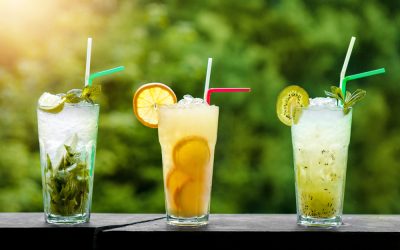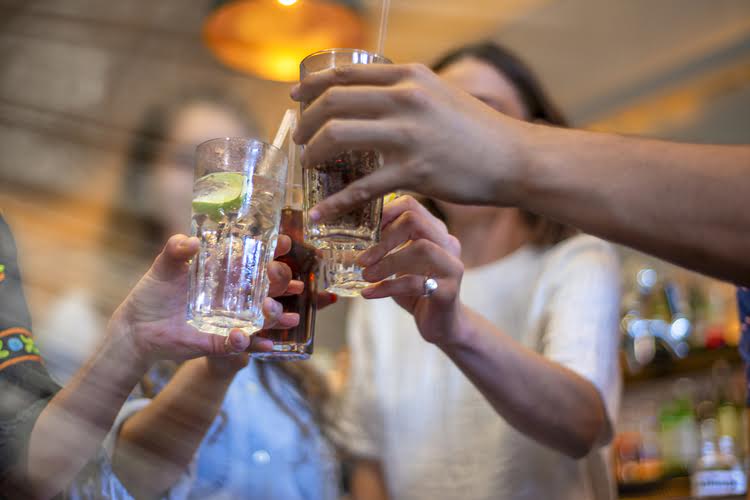How Long Does Alcohol Stay in Your System? Blood & Urine
After a night of drinking, you may experience fatigue, queasiness, and low blood sugar. This is especially true if you did not consume adequate food before, during, and after drinking alcohol. Eating complex https://master-stroy.com/home-construction/page/4 carbohydrates like toast, crackers, and bagels can help alleviate nausea and bring your blood sugar levels back up. Addressing nausea is important to prevent vomiting that can further dehydrate you.
Role of Exercise in Eliminating Alcohol
In most cases, people try to drink more water, may engage in dieting, or may take herbal supplements. None of these will speed up how your body detoxes from alcohol and none https://www.july52.ru/rastvoritel-uayt-spirit-svoystva-i-primenenie of them will affect a toxicology test – unless the herbal supplement shows up on the test. For most people, the term “flushing” alcohol is synonymous with a quick detox.
Supporting Recovery Together: The Advantages of Family Counseling in Addiction Recovery
However, alcohol is much more easily accessible and more prevalent, which can make it easy to develop a habit of drinking. If left unaddressed, someone can quickly find themselves struggling with alcohol addiction. This is when an individual https://www.balakovo.ru/board.php?site_id=3&set=2&group=14 is preoccupied with alcohol or cannot control their drinking. It can be challenging for someone to admit that they have a drinking problem. However, if alcohol is negatively impacting your health and daily life, it is time to seek help.
Latest Gilmore Health News
As such, people may want to sober up to lessen these effects and try to prevent a hangover. Recognizing the symptoms and risks of alcohol withdrawal is crucial for a safe recovery journey. Seeking professional help and embracing a holistic approach can improve the chances of successfully overcoming alcohol dependence. If your body has developed a tolerance to alcohol, completely stopping—and attempting to flush it out of your system—can lead to withdrawal. Alcohol withdrawal has a set of complex symptoms when someone abruptly stops or reduces their consumption.
- There are also certain foods like tea, fish and nuts that can benefit the liver’s function in many ways.
- Learn more about the short- and long-term effects of drinking alcohol.
- On the other hand, common short-term risks involve having a hangover, alcohol poisoning, road accidents, and physical assault.
- Starting with Sunnyside can result in a better relationship with alcohol and they have helped cut over 100 million drinks out for people all over the world.
Saliva and Breathalyzer Test
The first step to flush alcohol out of your system is to stop drinking. While this may seem fairly obvious, it can be harder to do than you might think; especially if you drink regularly. Knowing what to expect during the alcohol detox process can help you feel more in control as withdrawal effects run their course. Age, weight, food intake during alcohol consumption, medications, liver health, and the time between drinks all contribute to how long alcohol remains in your body. Your body processes alcohol at the rate of around one standard-sized drink per hour, but booze can be detected in your blood, breath, and pee for a long time afterwards. That’s why many of us wonder if a month of avoiding drinking is enough to “reset” your liver back to normal.


- Incorporating Vitamin B-rich foods into your diet after alcohol consumption can support your body’s detoxification processes and help mitigate the negative effects of alcohol.
- Alcohol detoxification programmes are treatment plans created for people dealing with alcohol dependency.
- There’s nothing you can do to speed up how quickly alcohol leaves your system.
- The complex carbohydrates in whole grains help absorb the extra alcohol in your system and provide much-needed B vitamins that are lost when you drink.
- Women have less dehydrogenase, an enzyme that breaks down alcohol in the stomach.
- Alcohol, commonly referred to in medical and scientific communities, is known as EtOH.
- Once alcohol is in the bloodstream, it can only be eliminated by dehydrogenase, sweat, urine, and breath.
Food slows the emptying of the stomach into the small intestine, where alcohol is very rapidly absorbed. EtG remains detectable in urine for approximately 2-3 days following the last consumption. Eating probiotic-rich foods can help your digestive system recover from the consumption of alcohol more quickly. If you have been drinking, green tea is an excellent way to preserve your liver and counter the symptoms of intoxication. That’s why it’s worth keeping tabs on how a drink makes you feel well before you get to that point, so you can know when it’s time to take a break or cut yourself off. You’ll start noticing the milder effects of alcohol within 15 to 45 minutes of sipping (think change in mood and maybe you’ll feel a little warm).
The stomach’s role


When a person consumes alcoholic beverages, the alcohol builds up in their bloodstream. The liver is the primary organ for eliminating alcohol and needs time to filter the blood and break the alcohol down. It’s important to note that the body can only metabolize a certain amount of alcohol per hour.
- That’s why people who attend alcohol rehab often receive nutritional support during recovery.
- Also known as your blood alcohol concentration, or BAC, .08 percent counts as drunk from a legal perspective.
- Eating after a few drinks will not reduce your level of intoxication because food does not have an effect on alcohol that has already been absorbed into the bloodstream.
- For example, senior citizens are particularly vulnerable to alcohol because of age-related changes to their bodies.
We can help you or your loved one through the admissions process and begin recovering from addiction. A cold shower may make a person alert for a short period, but they are still impaired. The acetaldehyde produced is not enough if you experience reddening and flushing in the neck or face area.

Leave a Reply